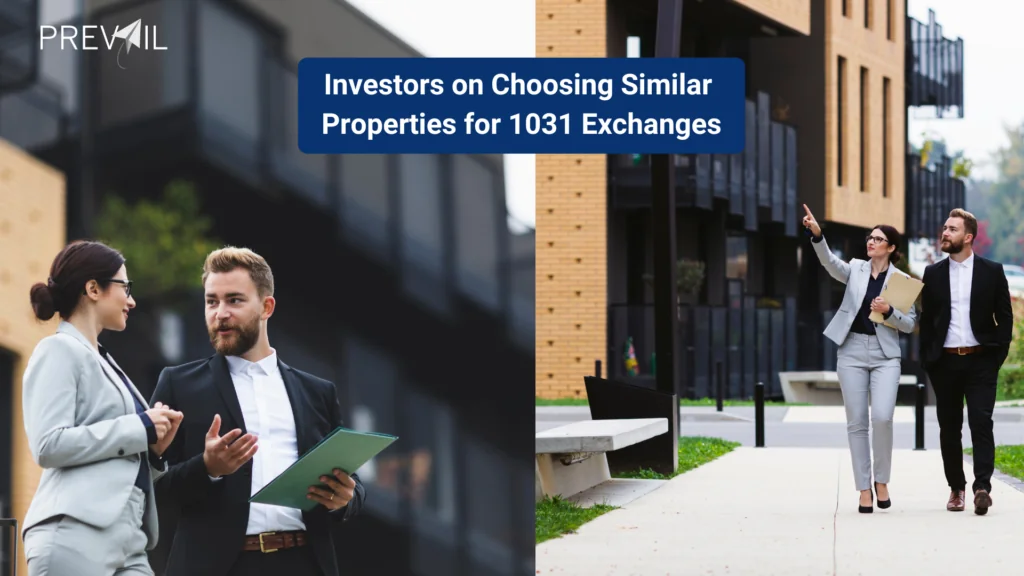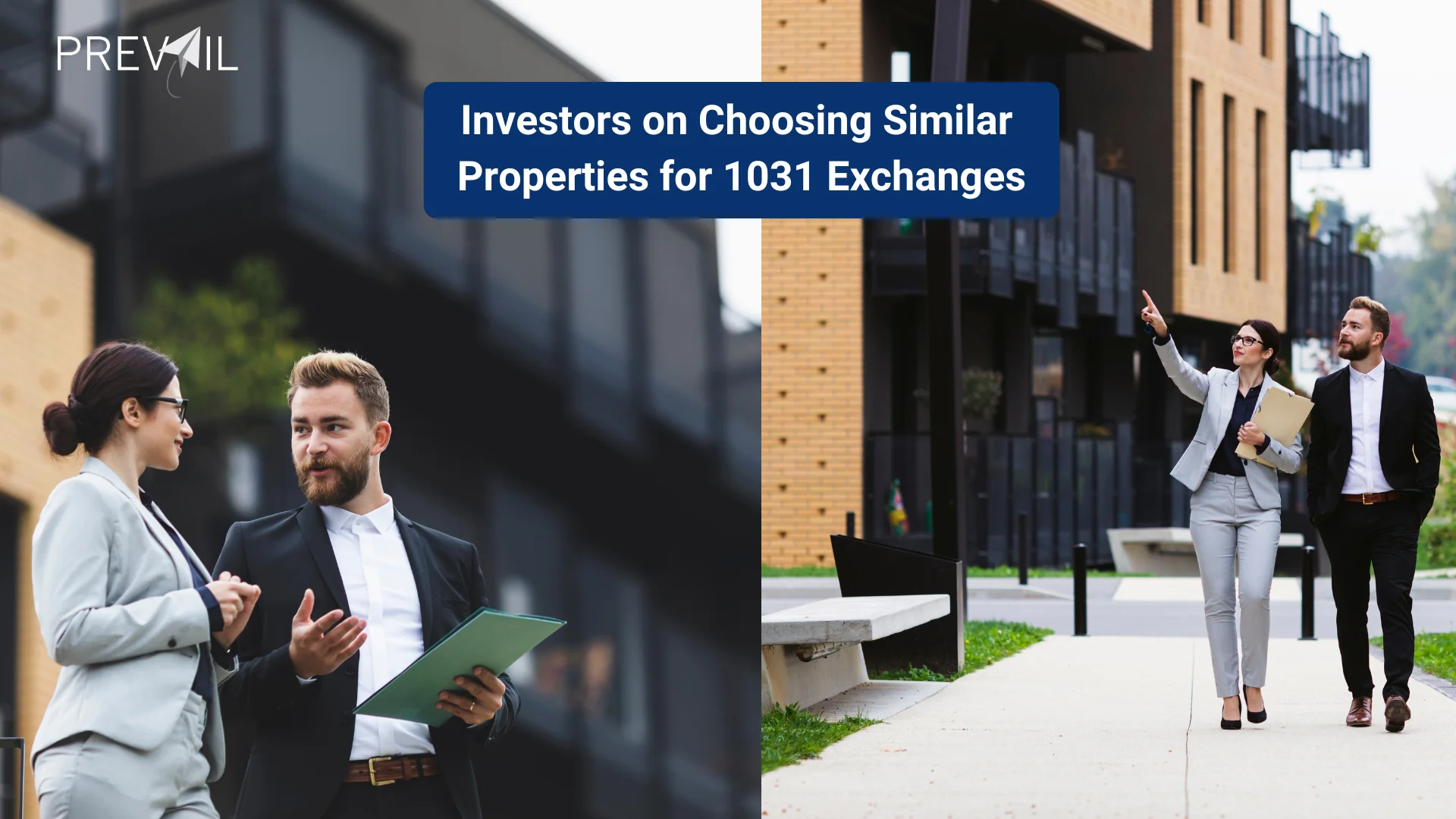There’s a unique tax-deferral opportunity in real estate investing that savvy investors can leverage to optimize their portfolios – Section 1031 exchanges. Understanding the concept of like-kind properties under this provision is crucial for investors looking to defer capital gains taxes while strategically repositioning their real estate investments. This blog post examines into the definition of like-kind properties, provides examples of permissible exchanges, outlines the strategic benefits of 1031 exchanges, and highlights important considerations and limitations that investors must be aware of when navigating the intricacies of like-kind properties in 1031 exchanges. By mastering this aspect of real estate investing, investors can unlock significant opportunities to enhance the profitability and efficiency of their investment portfolios.
The Basics of Like-Kind Properties
Definition and Criteria
The concept of “like-kind” properties, as defined in Section 1031 of the Internal Revenue Code, allows for the exchange of real estate properties of similar nature, held for productive use in a trade, business, or for investment purposes. Properties must not be held for personal use to qualify as like-kind, providing a flexible approach to exchanges.
Types of Properties Considered Like-Kind
Properties that are considered like-kind in real estate exchanges encompass a wide array of types, such as exchanging raw land for developed properties like apartment complexes, single-family rental homes for commercial office buildings, or special use properties like hotels. Perceiving the similarities in usage and investment purposes is key when identifying potential like-kind exchanges.
Strategic Benefits of Like-Kind Exchanges
Portfolio Diversification and Growth
Strategic portfolio diversification through like-kind exchanges in Section 1031 presents real estate investors with significant opportunities. By exchanging properties that no longer align with their investment goals for those that do, investors can effectively optimize their portfolios and enhance overall growth potential.
Market Adaptation and Property Upgrading
With the flexibility of like-kind exchanges, investors can strategically adapt to changing market conditions and upgrade their property holdings. This can be achieved by shifting investment footprints from one geographic area to another, consolidating smaller properties into larger assets, or upgrading to more valuable properties. Utilizing 1031 exchanges to navigate market adaptation and property upgrading can lead to increased asset value and improved investment outcomes.
Navigating the 1031 Exchange Rules
Meeting the IRS Guidelines for Like-Kind Exchanges
With Section 1031 of the Internal Revenue Code providing a unique tax-deferral opportunity for real estate investors, it is crucial to meet the IRS guidelines for like-kind exchanges. The definition of like-kind in real estate is broad and inclusive, encompassing a variety of property exchanges as long as they are held for investment purposes. Adhering to these guidelines ensures that investors can optimize their portfolios through tax-deferred exchanges.
Potential Pitfalls and How to Avoid Them
Potential pitfalls in 1031 exchanges include not meeting the holding period requirements, using properties for personal use rather than investment, or not following the same taxpayer rule. To avoid these pitfalls, investors must carefully plan their exchanges, document the investment intent of their properties, and ensure that the exchange is between the same taxpayer. Plus, working with experienced professionals like tax advisors and real estate agents can help navigate the complexities of like-kind exchanges and ensure compliance with IRS rules.
To wrap up
Upon reflecting on the intricacies of like-kind properties in 1031 exchanges, it becomes evident that this tax-deferral strategy presents a valuable opportunity for real estate investors seeking to optimize their portfolios. The broad definition of like-kind properties, coupled with the strategic benefits and considerations outlined, allows investors to leverage this provision to enhance their investment positions and financial outcomes. By understanding the rules and limitations of 1031 exchanges and engaging in well-planned transactions, investors can navigate the complexities of like-kind properties with confidence, ultimately achieving their long-term investment goals with efficiency and profitability.



















